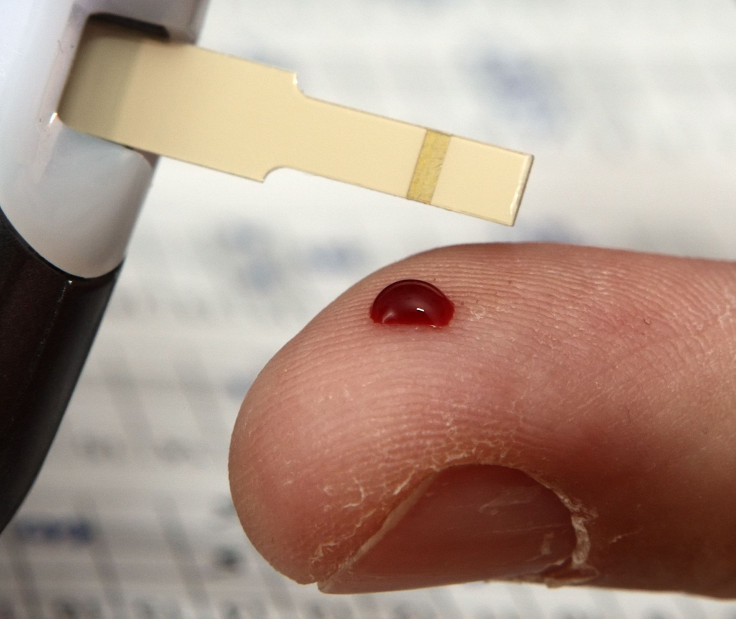A Smartphone Case That Measures Blood Glucose On The Move

A new smartphone case and an allied app were created by engineers at the University of California, San Diego (UCSD), with which people could track and record their blood glucose levels, whether they are at home or on the move.
At present, the act of measuring blood sugar levels can be a bit of a hassle, especially when one has to travel; packing a glucose monitoring kit is not something that people look forward to as part of their holiday plans.
The new device, called GPhone, consists of two parts. The first part is a 3D-printed case that would fit around your smartphone. In one corner of the case is a permanent and reusable sensor. The second part is made of small enzyme-packed pellets that attach to the sensor magnetically. These pellets can be used just once though. They are packed within a 3D printed stylus that’s attached to a side of the case.
To check the blood glucose level, you should first dispense a pellet onto the sensor, which activates it. Then, a blood sample should be dropped on top of the stylus. The sensor would not only measure the glucose in the blood but also transmit the information through Bluetooth to an Android app. You could get the reading provided the app is installed in your smartphone. About 20 seconds is all it would take to finish a test.
Once the test is done, the used pellet should be discarded. The sensor would thus be deactivated. As per the present design, the stylus could hold pellets for 30 tests before it would need a refill.

The GPhone was developed by Patrick Mercier, professor of electrical and computer engineering and Jospeph Wang, professor of nanoengineering, along with their colleagues at UCSD Jacobs School of Engineering. A paper related to their work was published in the journal Biosensors and Bioelectronics.
“Integrating blood glucose sensing into a smartphone would eliminate the need for patients to carry a separate device,” Mercier said.
“An added benefit is the ability to autonomously store, process and send blood glucose readings from the phone to a care provider or cloud service,” he said.
If you wish to know the science of how the GPhone works, it goes like this: The pellets used have the enzyme, glucose oxidase. This enzyme, when it reacts with glucose results in an electrical signal getting produced. Such signals could be measured by the GPhone’s sensors. A greater signal strength would mean a higher concentration of glucose in your blood.
It’s not the first time that researchers are creating a device of this kind. However, in the glucose sensors that they created earlier, the enzymes were built as a permanent fixture on the sensors. This posed the issue that after multiple uses, the enzymes wore out. This meant that the sensors ceased functioning after a few attempts, post which they needed to be replaced completely. At this point, GPhone, a proof-of-concept unit, meaning it’s not yet commercially available.
© Copyright IBTimes 2024. All rights reserved.




















